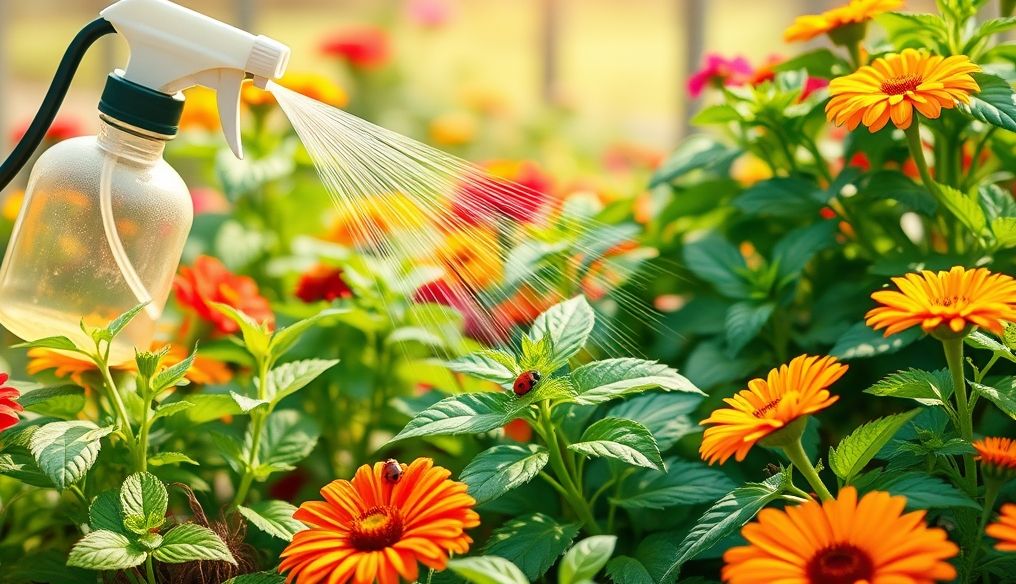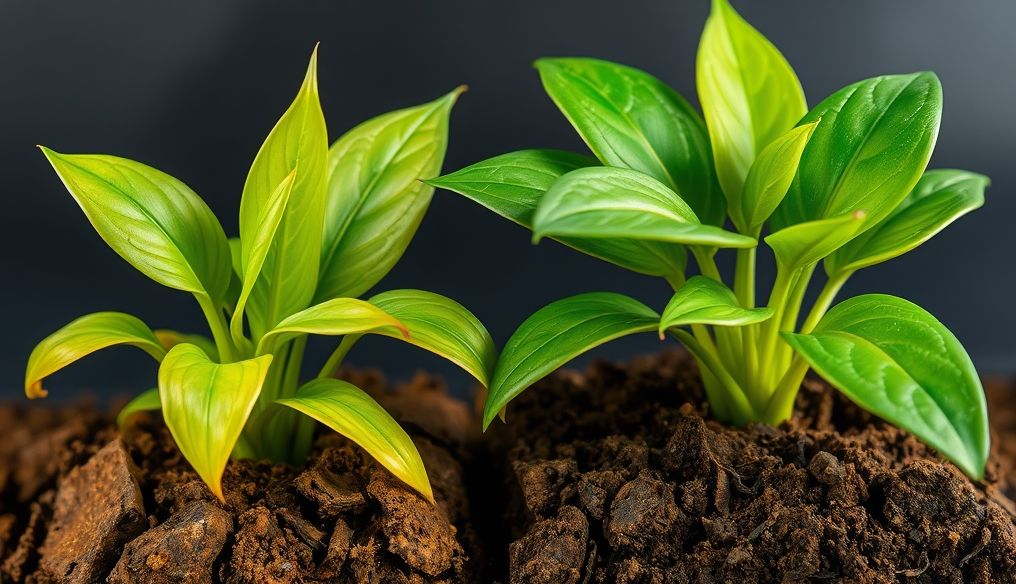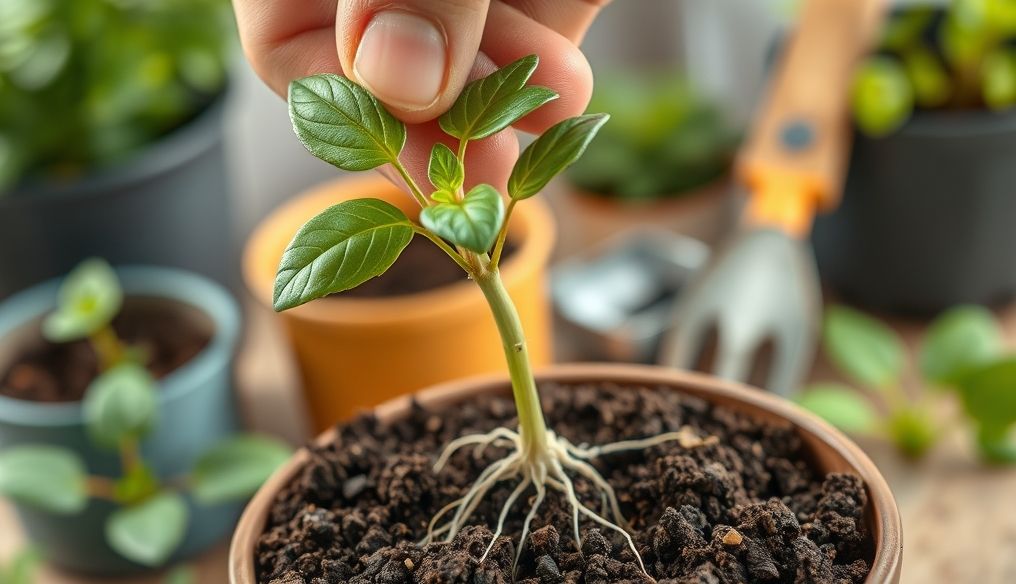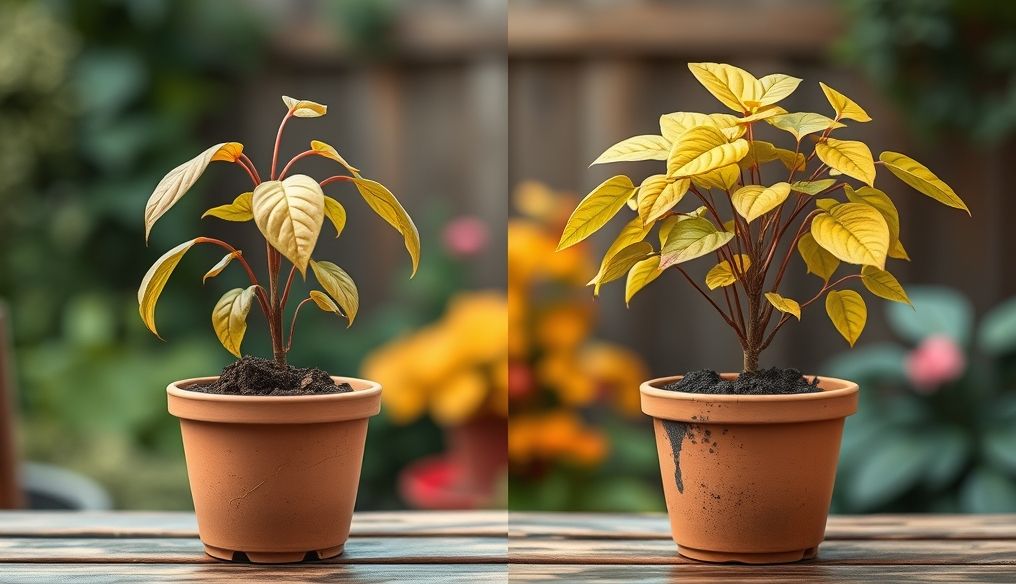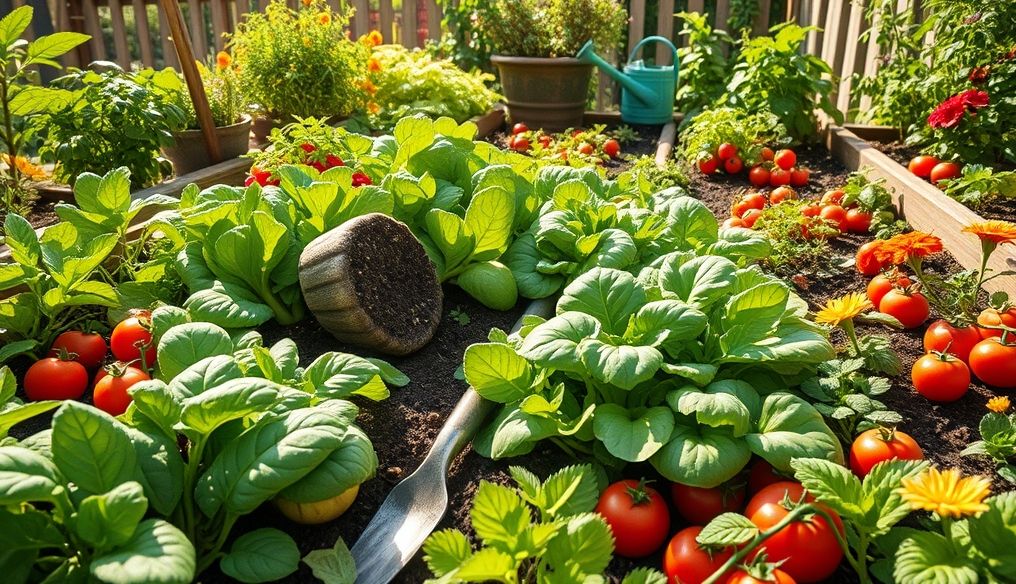How Can I Protect My Plants from Pests and Insects Using Natural and Effective Methods?
Pests and insects are among the biggest challenges facing home gardeners and horticulture enthusiasts. These tiny creatures can quickly destroy plants, leading to significant crop losses and disfiguring landscapes. Fortunately, there are many natural and effective ways to protect your plants without resorting to harmful chemical pesticides.
Chapter 1: Understanding Common Plant Pests
Before you can combat pests, it's essential to identify them. Some common pests include:
- Aphids: Small insects that suck plant sap, leading to leaf deformation and stunted growth.
- Spider Mites: Cause yellow spots on leaves and spin delicate webs.
- Mealybugs: Insects covered in a white, waxy substance that attach to plants and suck their sap.
- Whiteflies: Fly around plants and feed on their leaves, causing yellowing and leaf drop.
- Snails and Slugs: Feed on leaves and stems, leaving slimy trails.
Chapter 2: Prevention is Better Than Cure: Natural Preventive Strategies
Prevention is the first and most important step in pest control. Here are some natural preventive strategies:
- Choose Healthy Plants: Start by purchasing strong, disease-free plants from reputable nurseries.
- Healthy Soil: Use nutrient-rich, well-draining soil.
- Proper Watering: Avoid overwatering, as it creates a moist environment that attracts pests.
- Good Ventilation: Ensure sufficient space between plants to allow for good airflow.
- Regular Cleaning: Regularly remove fallen leaves and dead branches, as they can be a haven for pests.
- Companion Planting: Plant insect-repellent plants next to your vulnerable plants. For example, planting mint or lavender near vegetables can help keep pests away.
Chapter 3: Natural Treatments for Pest Control
If pests appear on your plants, there are several natural treatments you can use:
- Water and Soap Spray: Mix a teaspoon of unscented dish soap with a liter of water and spray the mixture on the affected plants. Repeat every few days.
- Neem Oil: A natural oil extracted from the neem tree, effective against a wide range of pests. Dilute it with water and spray on plants.
- Diatomaceous Earth: A powder made from the remains of fossilized algae that dries out insects on contact. Sprinkle it around plants or directly on pests.
- Garlic Solution: Boil a few cloves of garlic in water, then strain and spray on plants.
- Hot Pepper Solution: Boil hot peppers in water, then strain and spray on plants.
- Encourage Beneficial Insects: Attract beneficial insects such as ladybugs and dragonflies to your garden, as they feed on pests. You can do this by planting plants that attract these insects, such as daisies and dill.
Chapter 4: Mechanical Pest Control
Mechanical control involves removing pests manually or using simple tools:
- Handpicking Pests: Manually remove large pests such as snails and slugs.
- Spraying Plants with Water: Forcefully spraying plants with water can help remove aphids and whiteflies.
- Using Traps: Use sticky traps to catch whiteflies and other flying insects.
- Covering Plants: Use yellow covers or nets to protect plants from pests.
Chapter 5: Using Companion Plants for Pest Control
Companion planting is a great way to control pests naturally. Some plants repel pests, while others attract beneficial insects:
- Chrysanthemums: Repel many pests, including aphids and whiteflies.
- Mint: Repels aphids, cabbage moths, and fleas.
- Basil: Repels whiteflies and mosquitoes.
- Garlic: Repels many pests, including aphids and spider mites.
- Marigolds: Attract beneficial insects and repel nematodes.
Chapter 6: Regularly Monitoring Plants
Regular monitoring is key to early detection of pests. Regularly inspect your plants for signs of infestation, such as:
- Yellow or brown leaves.
- Holes in leaves.
- Deformed leaves.
- Presence of insects on plants.
- Presence of delicate webs.
- Presence of sticky substance on leaves.
The earlier you detect pests, the easier they are to control.
Chapter 7: Dealing with Fungal and Bacterial Diseases
In addition to pests, plants can be affected by fungal and bacterial diseases. Some common diseases include:
- Powdery Mildew: Appears as a white powder on leaves.
- Rust: Appears as orange or brown spots on leaves.
- Gray Mold: Appears as gray growth on leaves and stems.
- Fusarium Wilt: Causes wilting and death of the plant.
To combat these diseases, follow these tips:
- Provide good ventilation.
- Avoid overwatering.
- Remove affected leaves.
- Use natural fungicides, such as neem oil or baking soda.
Chapter 8: Additional Tips for Maintaining Healthy Plants
Here are some additional tips for maintaining healthy and pest-resistant plants:
- Fertilize Plants Regularly: Use a high-quality organic fertilizer to provide plants with the nutrients they need.
- Prune Plants Regularly: Pruning helps improve airflow and reduce the risk of disease.
- Change the Soil Regularly: Change the soil in pots every year or two to replenish nutrients.
- Keep Tools Clean: Regularly disinfect gardening tools to prevent the spread of disease.
By following these tips, you can protect your plants from pests and insects in natural and effective ways, and enjoy a healthy and thriving garden.
